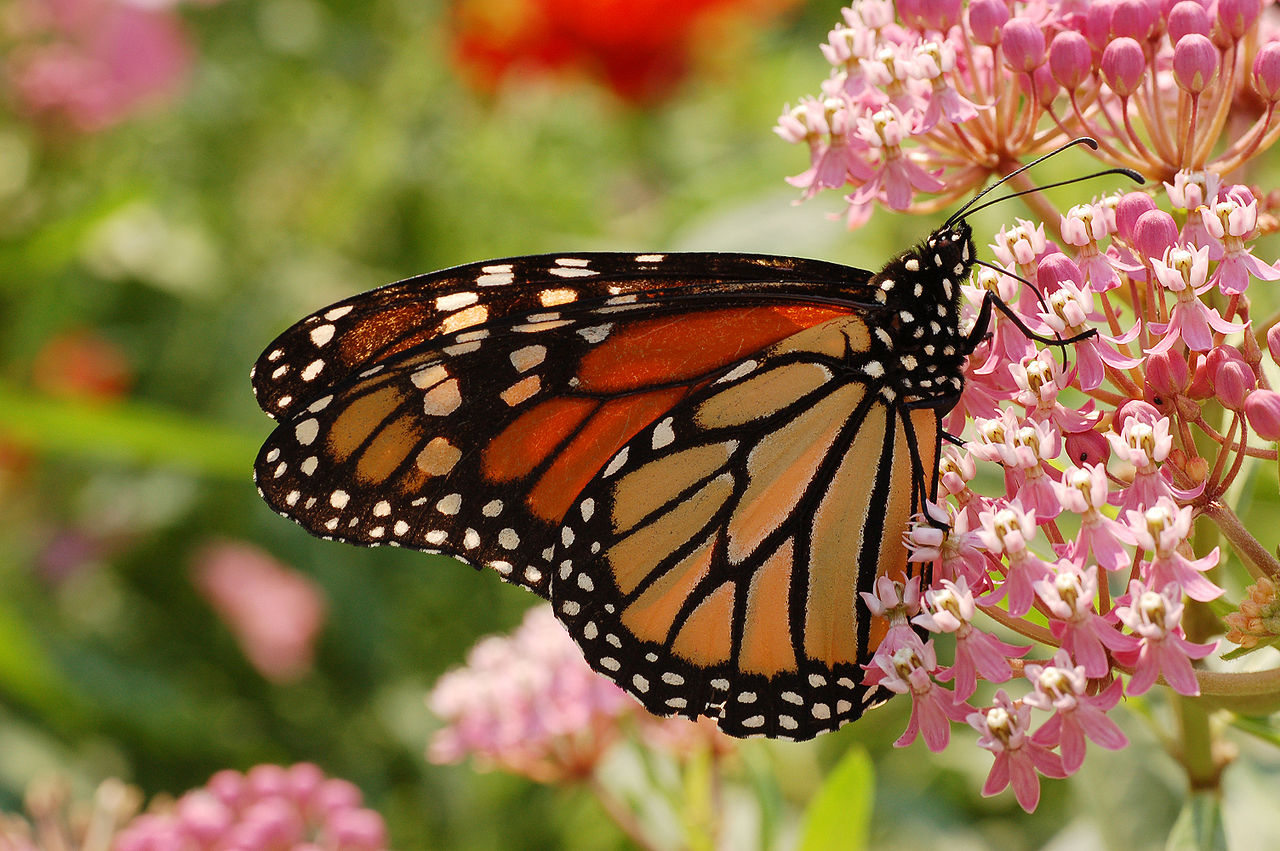 In response, the U.S. Forest Service called on NatureServe and the Xerces Society to determine just how dire a threat monarchs are facing. Our report uncovered that monarch populations in North America have been so deeply decimated that the Eastern population is now “critically imperiled” and the Western population is also vulnerable to extinction.
In response, the U.S. Forest Service called on NatureServe and the Xerces Society to determine just how dire a threat monarchs are facing. Our report uncovered that monarch populations in North America have been so deeply decimated that the Eastern population is now “critically imperiled” and the Western population is also vulnerable to extinction.
The root of the problem: the thinning-out of winter habitats in Mexico and the loss of milkweed habitat throughout the Midwestern United States. As many kids learn in school, milkweed is the exclusive host plant for monarch caterpillars, giving the larvae a foul taste which protects them from being eaten by predators.
Widespread efforts are underway to encourage milkweed restoration and create expansive “monarch migration highways” in North America. NatureServe has been at the forefront of these intertwined topics, advising a White House initiative to develop the first-ever national strategy on the health of hundreds of pollinator species, including monarch butterflies, and helping state agencies include plants like milkweed in their 10-year strategies for managing wildlife.